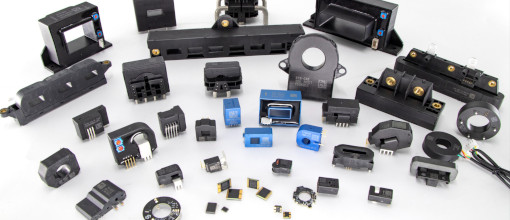Sensitec GmbH
Schanzenfeldstr. 2
35578 Wetzlar
Stromsensoren
Automotive und Antriebstechnik
Sensitec GmbH
Schanzenfeldstr. 2
35578 Wetzlar

Automotive und Antriebstechnik
Leckstromsensoren mit digitalem Ausgang ermöglichen eine präzise DC- und AC-Leckerkennung für Ladesäulen und steigern Sicherheit und Effizienz. Stromsensoren überwachen Lade- und Entladeströme von Batterien in Echtzeit, verhindern Überladung oder Entladung, verlängern die Batterielebensdauer und optimieren den Ladevorgang. Durch die genaue Messung von Strömen tragen sie außerdem zur Verbesserung der Gesamtleistung und Zuverlässigkeit von Ladeinfrastrukturen bei.
Sinomags führt die SFG-CPL-Serie ein, einen Leckstromsensor mit digitalem Ausgang, der die Normen IEC62752 und IEC62955 erfüllt und speziell auf die steigende Nachfrage nach DC- und AC-Leckerkennung in Ladesäulen ausgelegt ist. Die SFG-CPL-Serie bietet eine innovative Leckstromschutzlösung vom Typ B, die nicht nur die Anforderungen an verschiedene Stromtypen übertrifft, sondern auch hohe Messgenauigkeit über den gesamten Temperaturbereich gewährleistet und somit eine ausgezeichnete Wahl für die Entwicklung von Leckstromschutzsystemen für Ladesäulen darstellt.
Mehr InformationenDer Stromsensor dient zur Überwachung des Lade- und Entladestroms der Batterie in Echtzeit. Eine genaue Strommessung kann dazu beitragen, eine Überentladung oder Aufladung zu verhindern, die Batterielebensdauer zu verlängern, die Sicherheit zu verbessern und sicherzustellen, dass die Batterien innerhalb ihres optimalen Bereichs arbeiten. Während des Ladevorgangs helfen Stromsensoren dabei, die Ladegeschwindigkeit der Batterie zu steuern und so einen sicheren und effizienten Ladevorgang zu gewährleisten.
Mehr Informationen